Alberto Giacometti turned down all requests to exhibit in the Swiss Pavilion at Venice, even though his brother Bruno designed the building. The sculptor Carol Bove talks to Apollo about responding to this absence at this year’s Venice Biennale
How did Philipp Kaiser, the curator of the Swiss Pavilion, present the commission to you?
We talked about Giacometti and this absence of Giacometti, and I was invited to think with him about how to deal with this absence. One of the things we talked about was borrowing a Giacometti sculpture and we had some different ideas about which one we might try, and how that might look. In the end, Philipp decided not to – maybe because he felt it would seem as if we were trying to correct a mistake of history. But we’ll still be talking about Giacometti in a text, and that places him in the pavilion, so he’s there. He’s absent, but I think by talking about him, it creates a context that includes him.
You’ve responded to the work of other artists, such as Carlo Scarpa, before. How did you approach responding to Giacometti?
I wanted to be careful to be a good student and make something that was appropriate, but at the same time not to be too good a student and be a slave to the idea of Giacometti. In the past I’ve taken a strategy of looking at the past as if I’m holding a mirror up to it, and I can almost imagine that the past is holding up a mirror to me – because it’s anticipating me and there can almost be a reflective space that happens between those two positions.
But I wanted to do something that was a little more direct, which was to think about the idea of substitution. It’s similar to the idea of suture in film-making theory: there’s one scene, then there’s a cut, and another piece of film is spliced to the first piece of film, and as a viewer you create a narrative between those two images. In this case Philipp, the curator, is like the editor who has spliced the two together. So there’s no Giacometti, but my work is there instead. It’s the conflation that creates meaning.
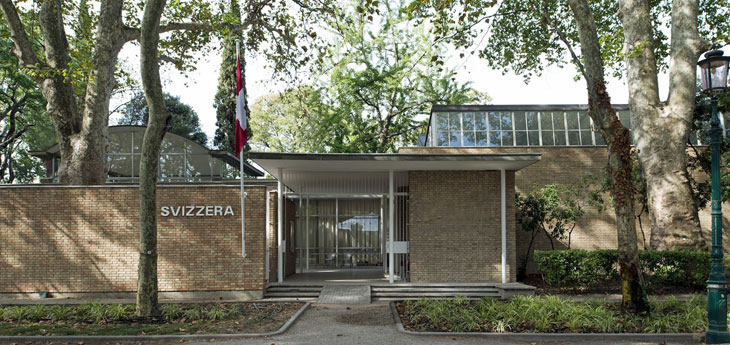
The Pavilion of Switzerland at the Giardini della Biennale, Venice, designed by Bruno Giacometti (1907–2012) and built in 1951–52. Courtesy Pro Helvetia
Have Giacometti’s sculptures influenced your own work?
I’ve thought about him so much over the years and he’s one of my favourite artists, so it was insightful for Philipp to choose me because I don’t always think it’s so explicit in my work. In the past few years when I’ve been making sculpture that goes in the middle of the room, I’ve been thinking about Giacometti a lot as somebody who has an interesting sense of the space between objects, or the suggested space around objects – but that’s more talking about the figural work.
I have a longstanding passion for his work The Palace at 4 a.m. [1932]. That piece is so magical – it’s the clearest articulation of the Surrealist tableau, and the Surrealists were making tableaux in a lot of forms. This project has given me the chance to contemplate and clarify this question for myself: what do the figural works carry with them from The Palace at 4 a.m. – because I think they’re related – and why do I think they’re related? It’s really hard to figure out why he’s such a good artist. It’s really hard to catch him at it. Part of the answer to the question is that the figures – because of the way they’re made – contain and show the traces of their being seen by a viewer, and so they place the viewer in a tableau with them.
What are the sculptures you will be showing in Venice?
Inside [the pavilion] I have two sculptures. One is one of the new, more collaged works – it’s purely steel, but the steel is treated in three different ways. One part is fabricated and brought to a really high polish, one is a square tube steel that I’m manipulating in my studio, and one of the elements is found steel. And there’s one of the white tubular glyph pieces, but it’s a really tall one and it’s placed in front of the room. It’s an open-faced room, so as you’re looking into the room, you see through the glyph sculpture to the collage sculpture, and they’re kind of interfering with each other.
Outside I have seven figural – they’re abstract, but it’s a figure size and shape – steel sculptures, which are collaged but painted a single colour [blue], so they’re unified. That kind of sculptural organisation of several figures is similar to Giacometti’s Women of Venice. I think he had six or seven in different iterations, but I chose to do seven. On the inside, although there’s not a strict relationship, I think there’s a feeling of The Palace at 4 a.m.
Did you take the architecture of the pavilion into account when you were making the sculptures?
I built a full-scale model of the space in my studio – not fully rendered, but I made an outline in steel of the shape so that when I built the sculptures, there was a sense of containment in a three-dimensional void.
You’ve worked a lot with steel. What have you learnt about it as a material?
One of the things I experience with steel is that it’s very expressive, but it’s not emotional. There are all these kind of feelings that it can express without necessarily being about emotions like angst or happiness or joy; I think they’re about the urgency of survival, or the power of illusion.
One of the things I am interested in is surface treatments and how doing a coloured surface treatment can change your belief about what the material is. It can throw into a dynamic interplay your visceral sense of what you’re looking at and your intellectual sense of what you’re looking at – and demonstrate how interrelated those things are.
What does it mean to be exhibiting in the Swiss Pavilion?
I’m spiritually Swiss, as I was born there, and I lived there when I was a baby. My first show abroad was in the city where I was born, so I feel there’s a spiritual connection. I decided to call the piece outside the pavilion Les Pléiades. Les Pléiades was the village near the chalet where my parents lived when I was born.
I like how there are seven stars [in the constellation], but under normal light conditions there are six and then if you use a telescope there are more. So it’s a precise and imprecise number. It’s the idea of shifting the perspective of national pavilions to a celestial realm and looking at the situation from very far away.
And thinking about not just what were the political mechanisms and struggles in the place where you’re born and what kind of blood you have, but what kind of star was shining on you.
The 57th International Art Exhibition in Venice runs from 13 May–26 November.
From the April 2017 issue of Apollo. Preview and subscribe here.
Unlimited access from just $16 every 3 months
Subscribe to get unlimited and exclusive access to the top art stories, interviews and exhibition reviews.

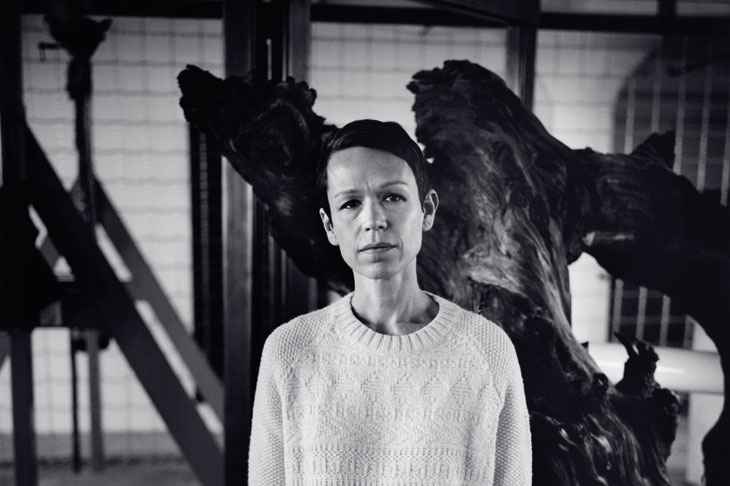

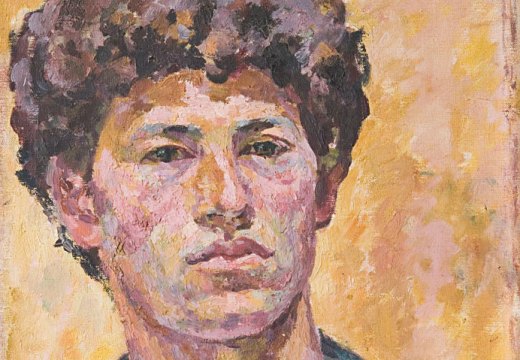
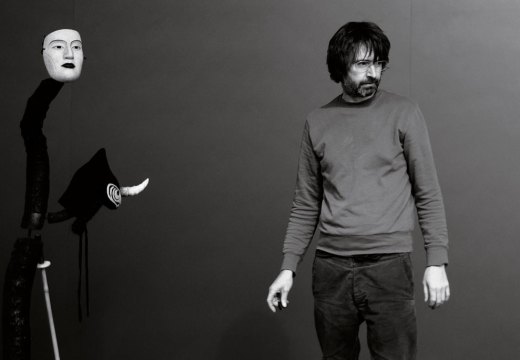
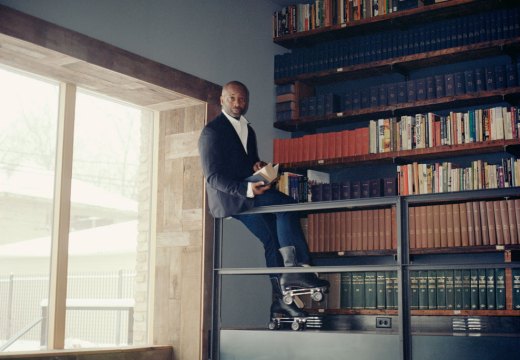









![Masterpiece [Re]discovery 2022. Photo: Ben Fisher Photography, courtesy of Masterpiece London](http://www.apollo-magazine.com/wp-content/uploads/2022/07/MPL2022_4263.jpg)
It’s time for the government of London to return to its rightful home